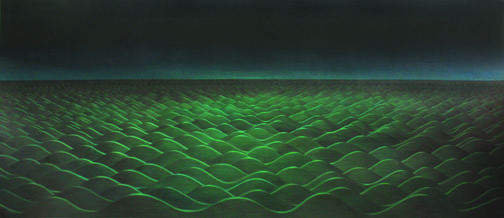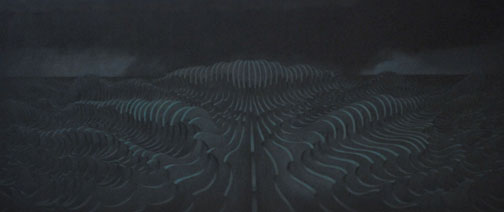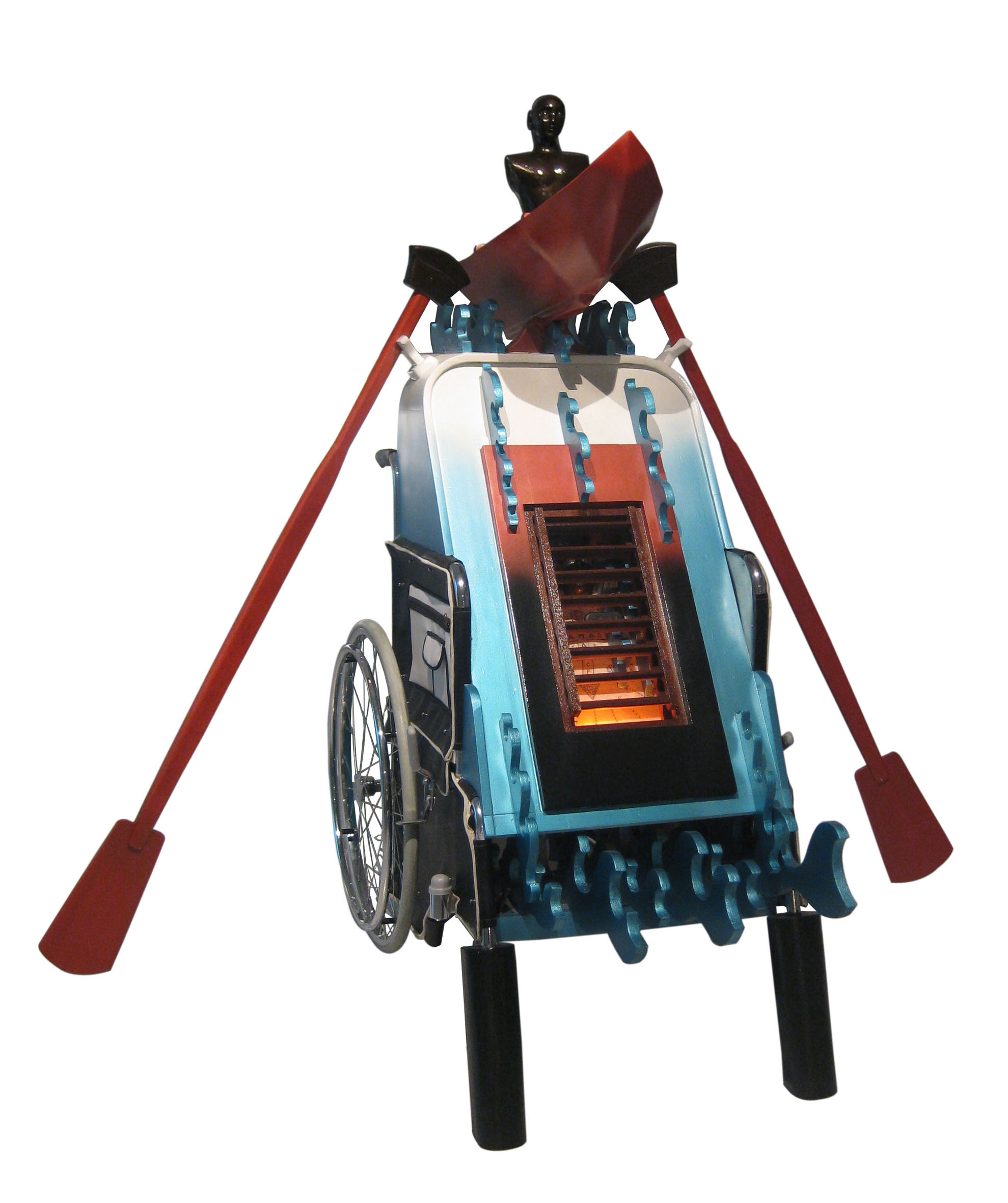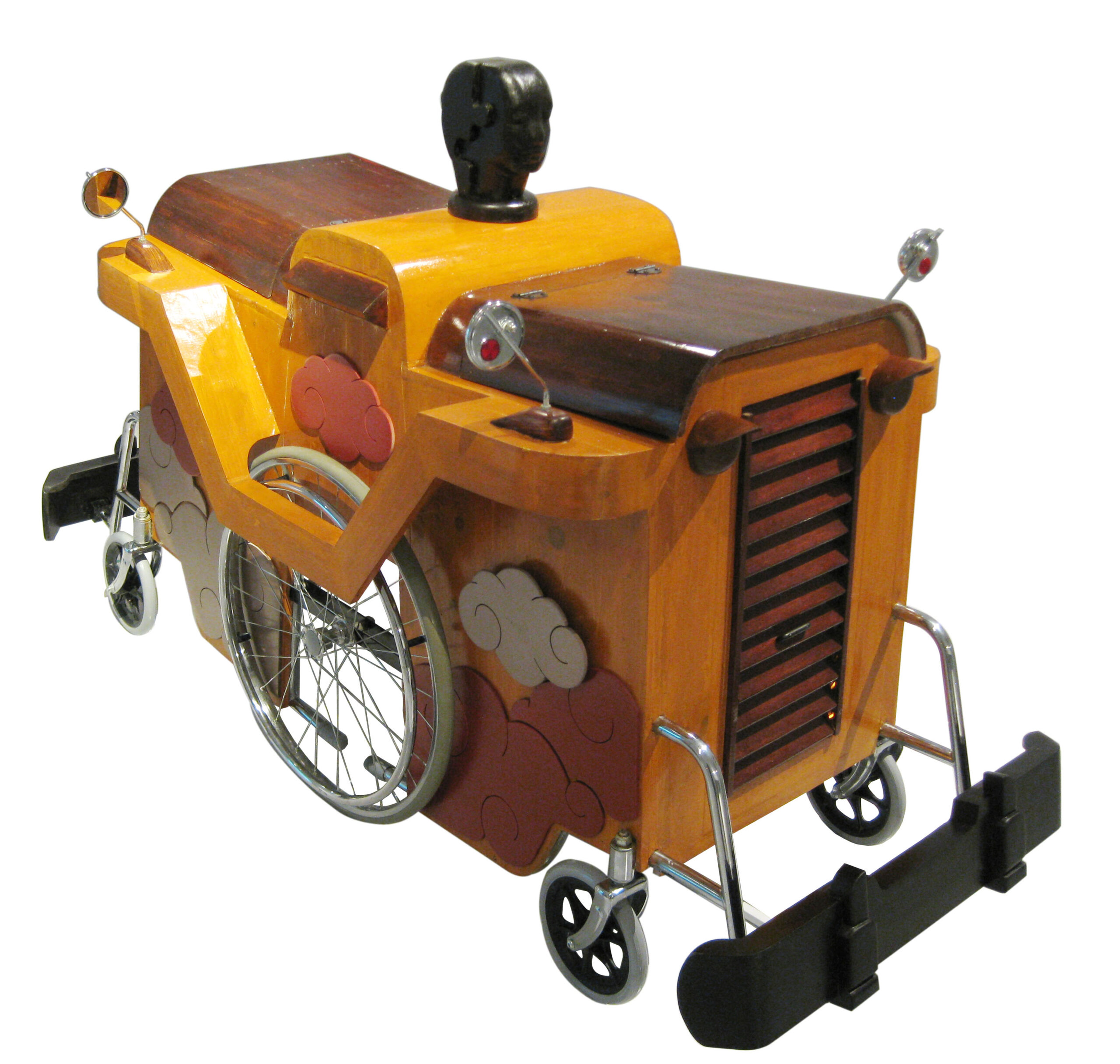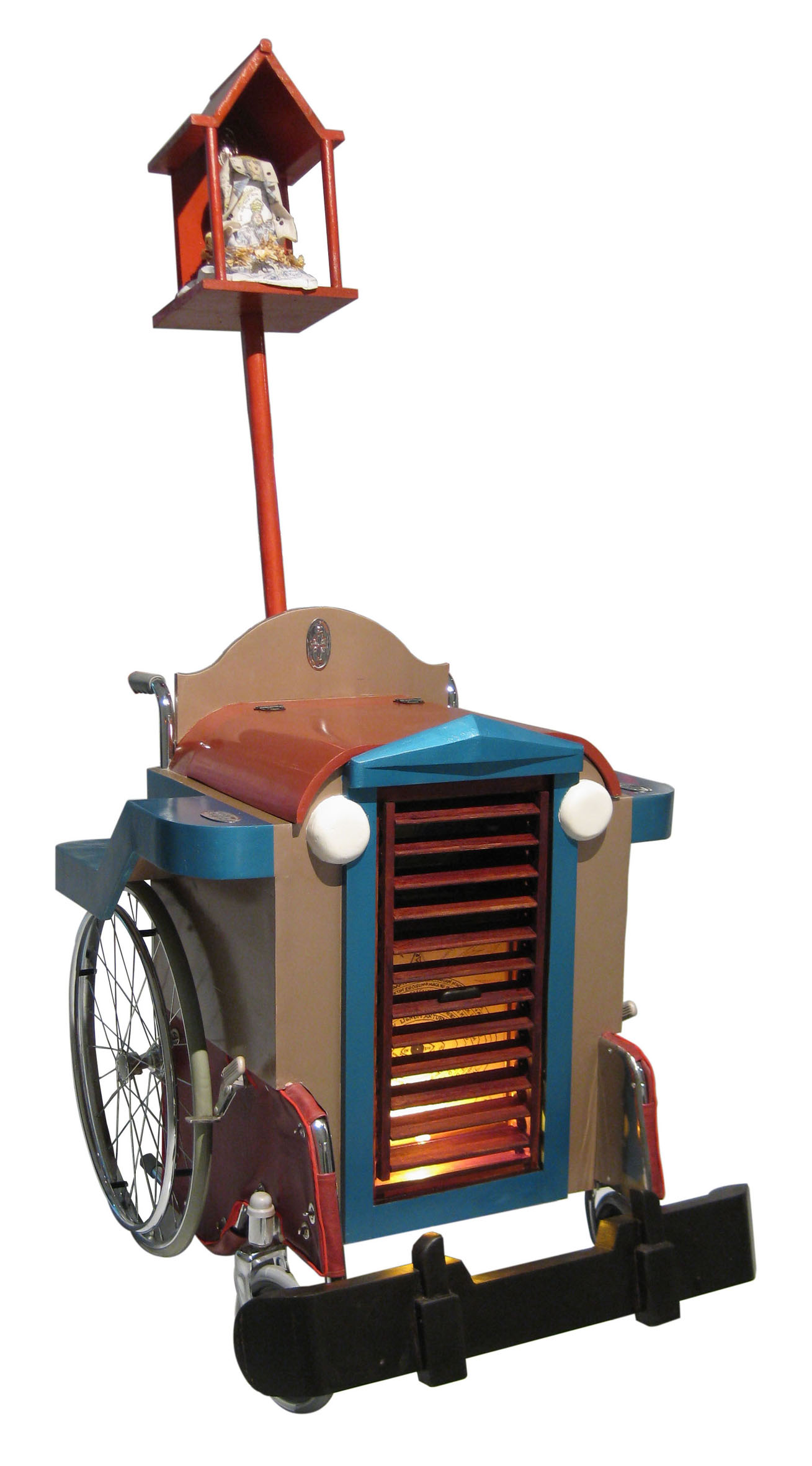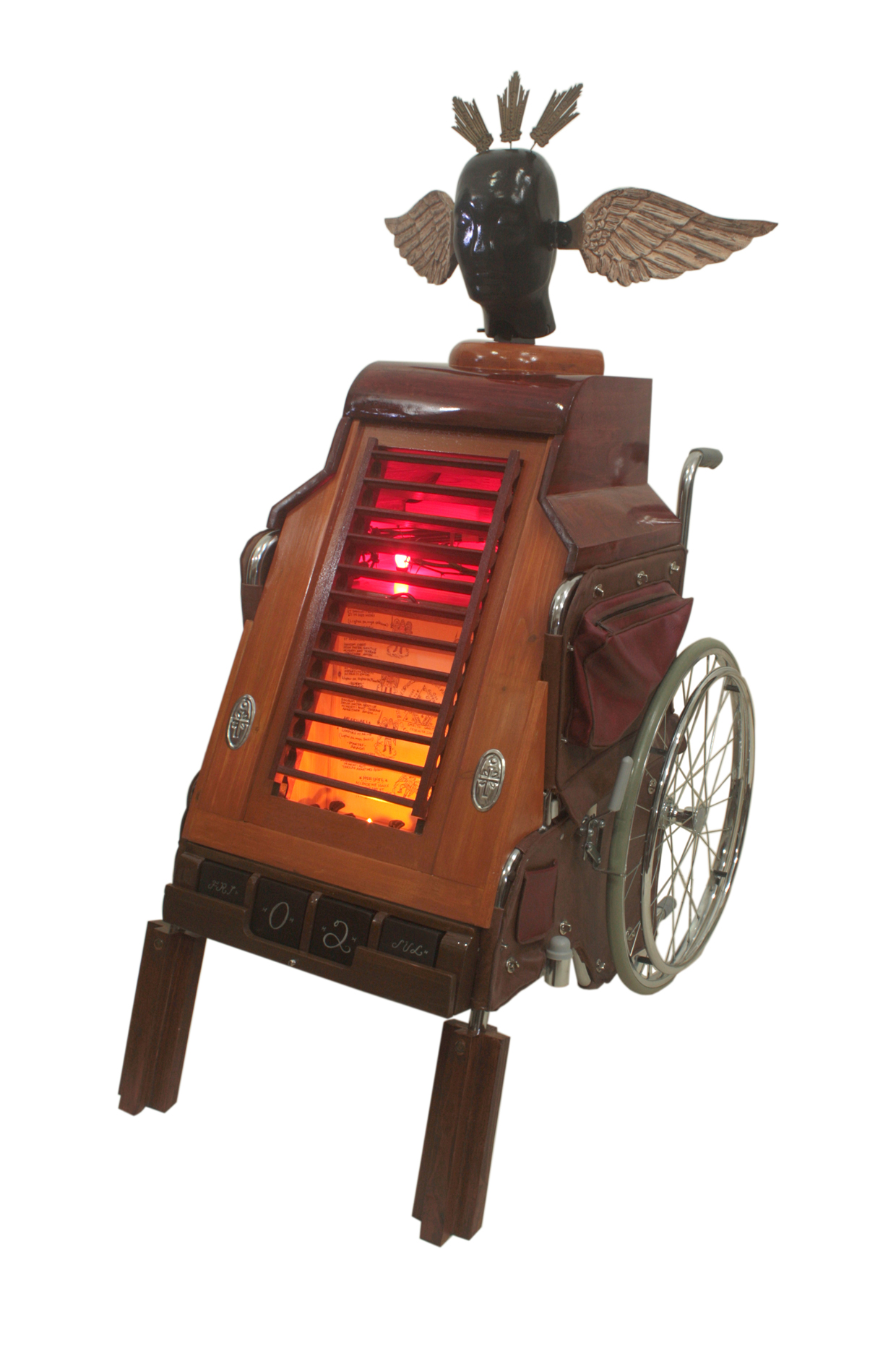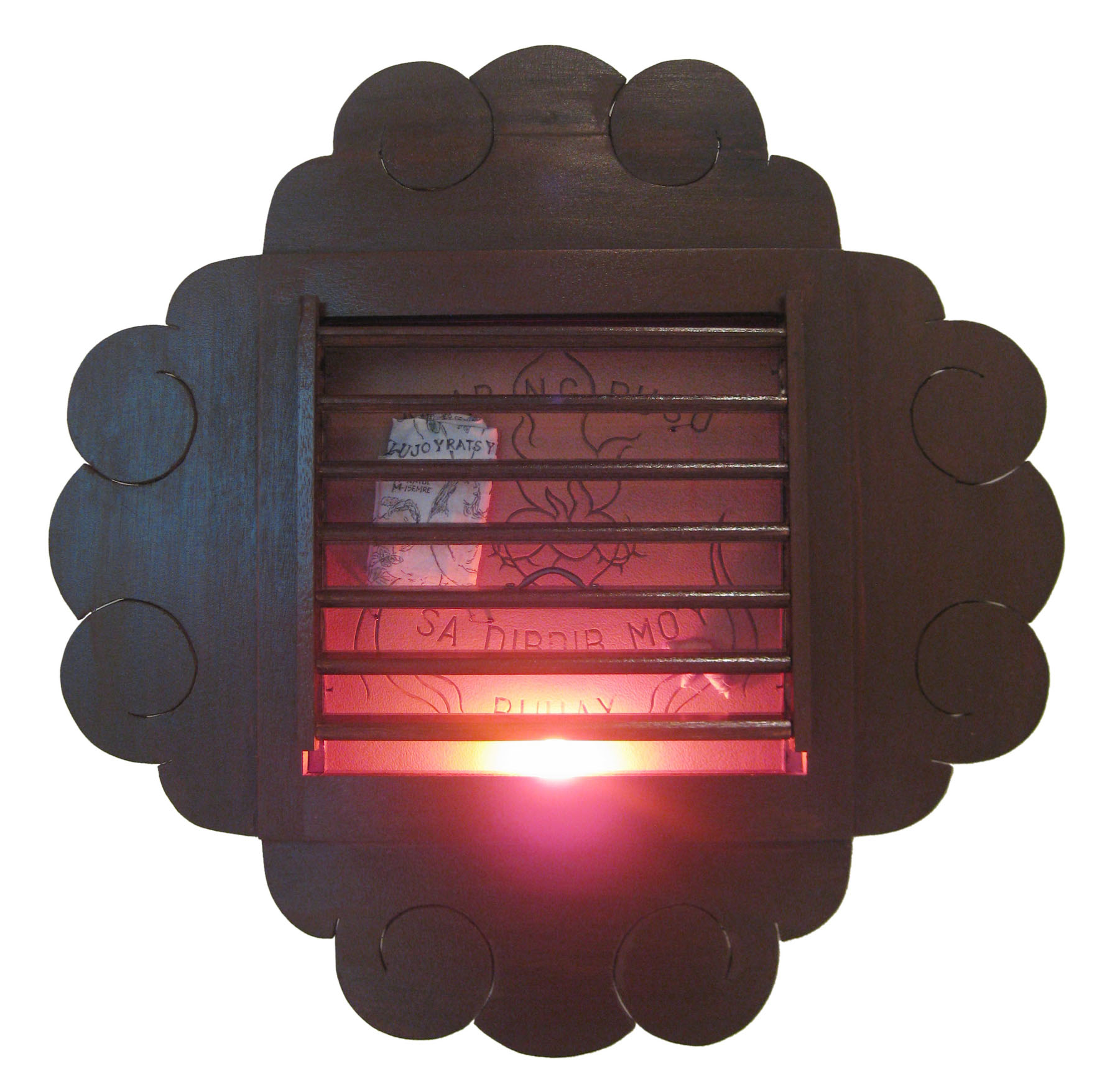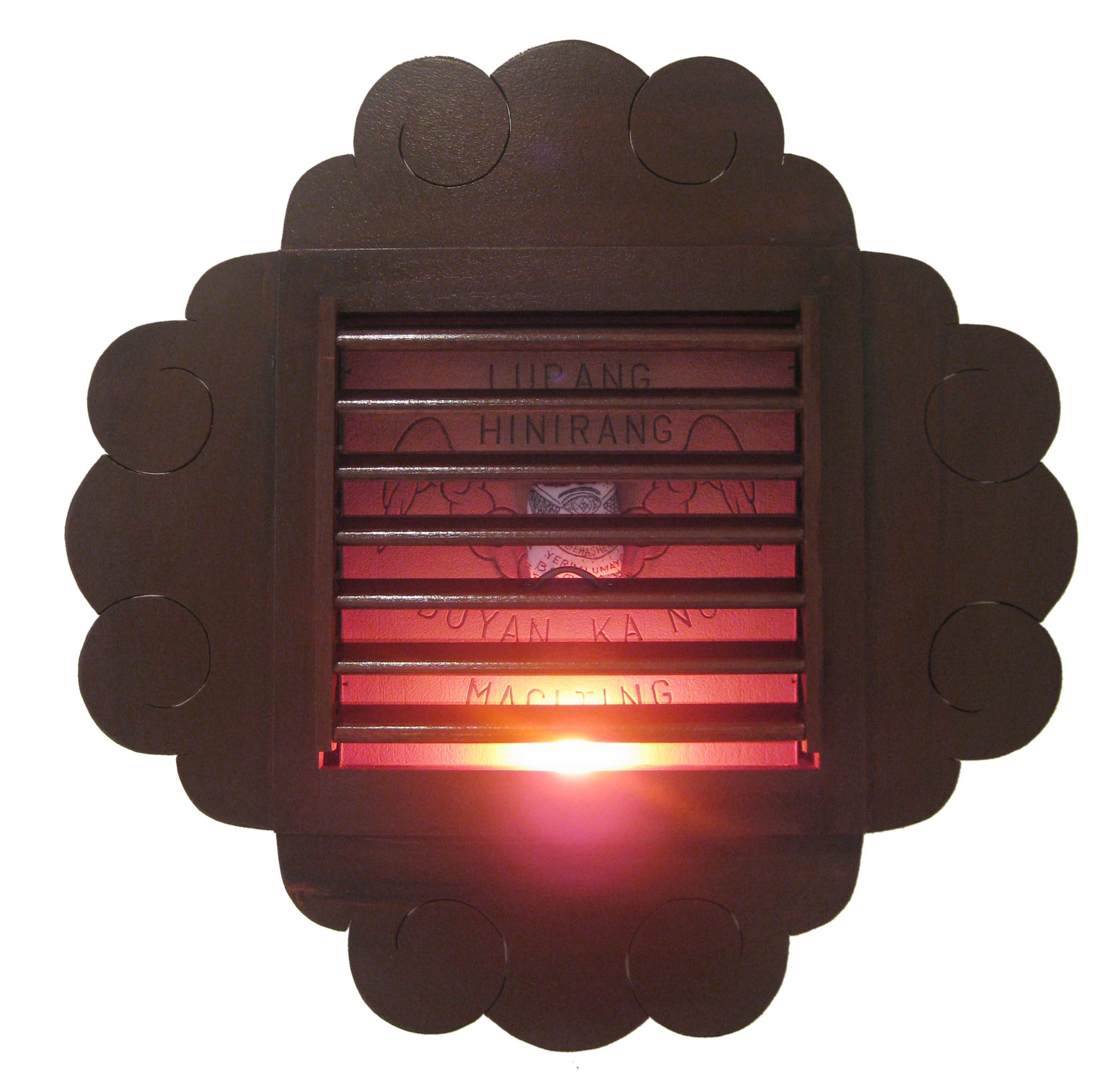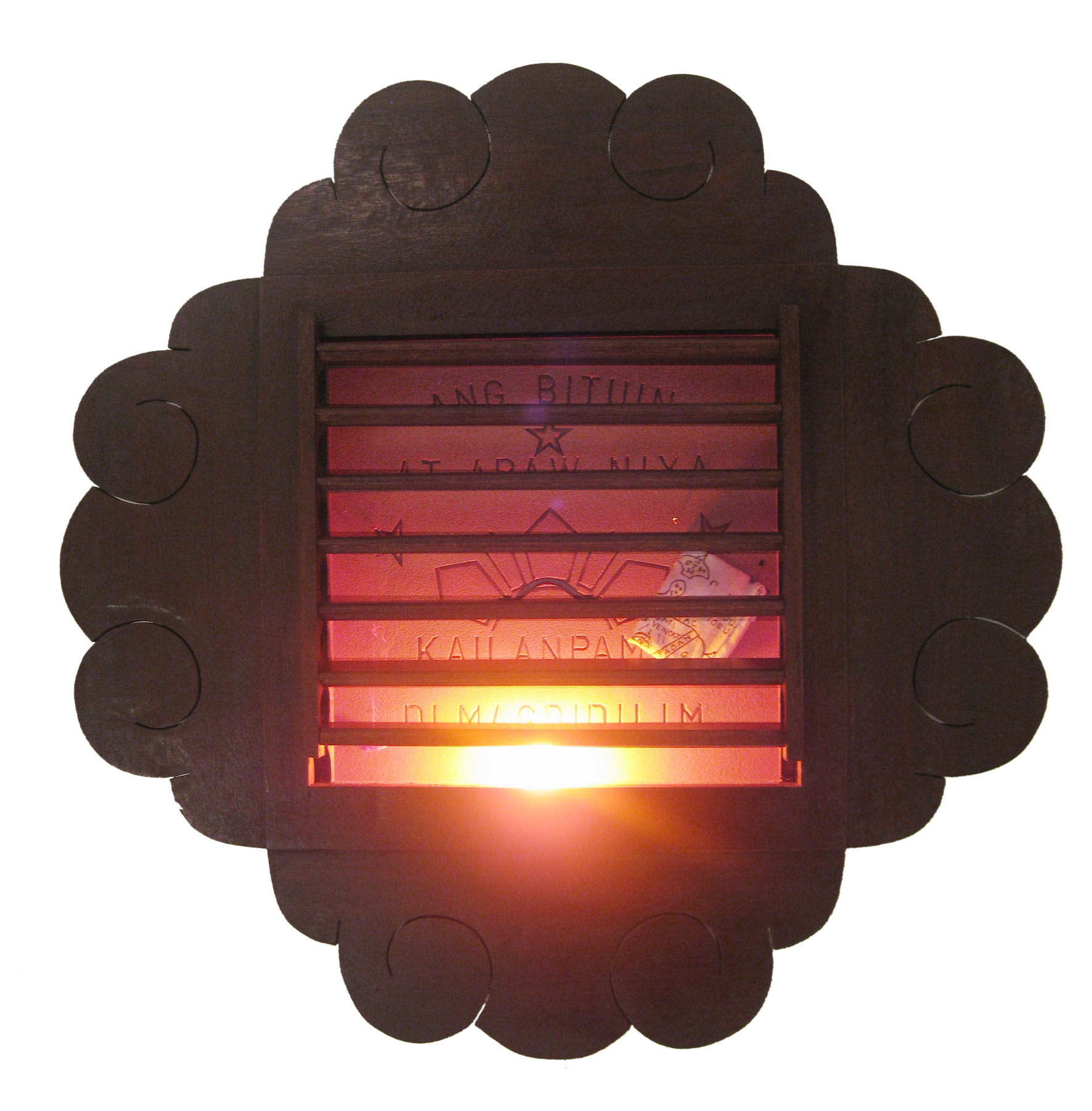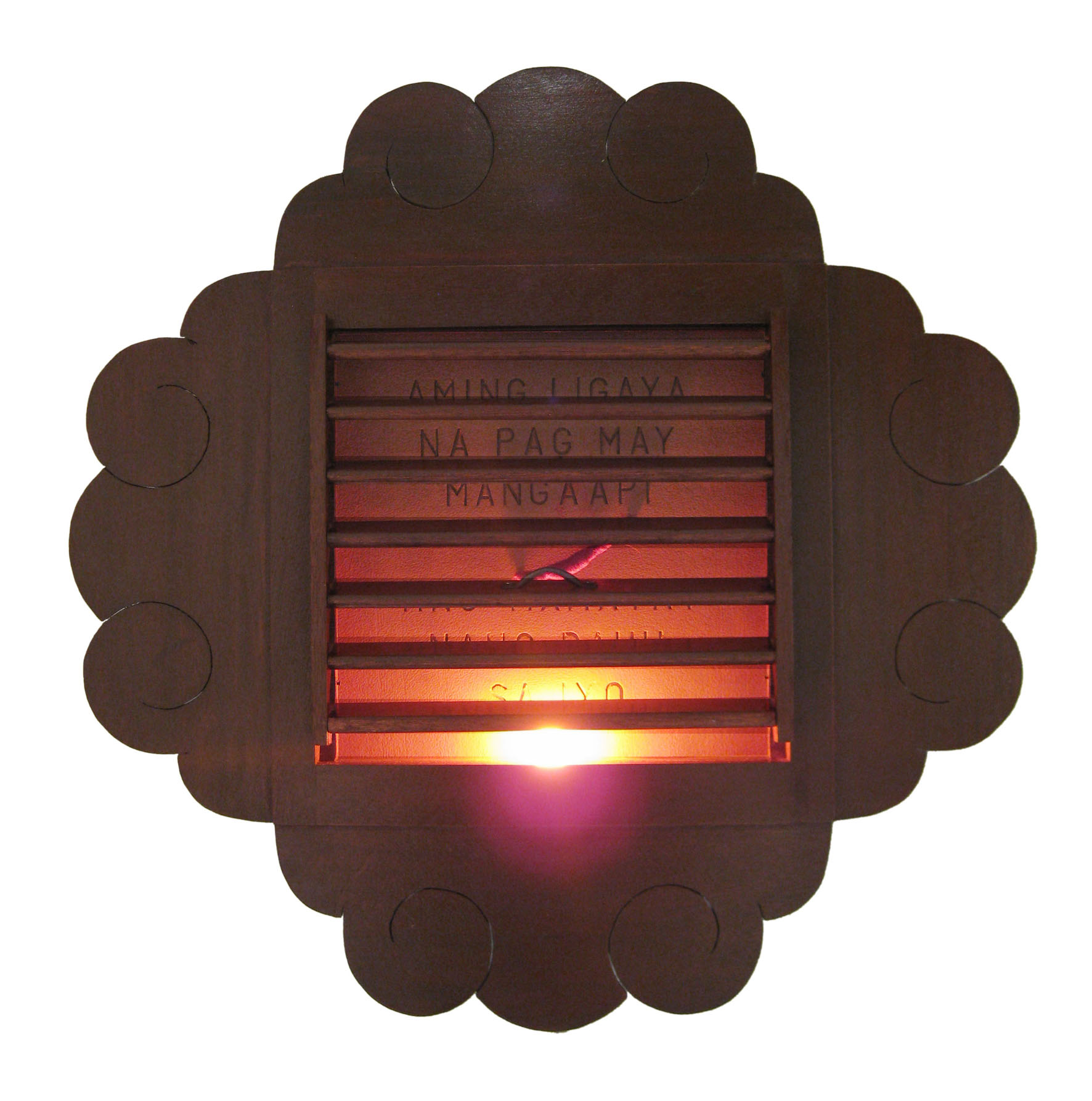Alfredo Esquillo
EXODUS
Valentine Willie Fine Art, Singapore, in partnership with Tin-Aw Art Management Inc, is pleased to present Exodus, a solo exhibition by Filipino artist, Alfredo Esquillo, Jr.
Alfredo Esquillo’s exhibition is a rendition of the journey of the Filipino people from a dark past to a possible beginning in the light. Esquillo’s paintings of a stormy sea and the tranquil sea are contrasts and points of destination. The painting of the stormy sea represents the past that is to be cast aside and the painting of the tranquil sea represents where the exodus is to come to its realization. Amidst storms and seas, points of departure and arrival are declared. And where arrivals may transpire, the hope of ideals and visions being realized are echoed. Across silhouettes, a prefiguring of fulfilled presences engendered by amulets and relentless struggle.
Esquillo attempts a restoration of identity through paintings and sculptures that evoke the many meanings of the people’s exodus from slavery to freedom, from deprivation to fullness, from night to light. Esquillo also contrasts stormy and tranquil seas as indications of a past that is to be cast aside and a tomorrow that is to be embraced. The vehicles of this passage are rendered through wheelchairs with baggages and on these wheelchairs are human forms representing the people approaching their own sphere of identity.
How can amulets be bridges of destiny? Here, Esquillo knocks on esoteric doors and realms of fantasy. The viewer is sometimes asked to perform a “suspension of disbelief”. But amulets have always been a constant weapon and motif in the history of people. Amulets are supposed to break the limits and prisons of reality. Reality is so forbiddingly restrictive and dictatorial that it provokes in those who would imagine and create an overwhelming desire to violate its statutes and regulations. Thus, the artist and the rebel with their amulets. In the case of one, his so many forms of art: colors, sculptures, words, melodies, dances and acts and performances, cameras and films, and the human person himself/herself. Where art and rebellion begin, reality is ruptured to welcome the rapture of creation and beauty.
THE SEAS OF EXODUS
BY EDMUNDO ORLANDO
The artist Alfredo Esquillo of the Philippines is once more in pursuit of the many panoramas brewing in his imagination. This time, it has to do with the stormy history of a voyage, the exodus of the Filipinos from one state of reality to a dream state. An exodus is always a relationship not only between two geographical points but between two world realities one of which is the point of departure, the other is the hoped for point of arrival. Almost always in the history of a people the point of departure represented the negative – the realm where stark realities of denial, humiliation, suffering, are the darkest angles. It is the journey of a collective spirit, a wrenching out of a people and its dreams towards that space where finally they may come to a fulfillment.
Esquillo for this particular exhibit experiments with what you may call mixed media renditions. There are paintings representing a stormy sea and another sea which is calm and tranquil. The stormy sea is supposed to represent that which is to be departed from, the place of suffering, and the tranquil sea is supposed to be the goal of the exodus, the land of dreams, the point of arrival. There are always departures and arrivals in the lives of people. So much life throbs in the moment of the journey, the darkness that would still reach out to try to enclose back to itself those who are departing, and there is the cirrus‐like light from that land of dreams that in turn also tries to pull upward to itself the same beings on a voyage. It is a tug of war between a wrecked reality and the still invisible dream. But the people have chosen. There cannot be a turning back, even if there is no guarantee that the state of arrival – the land of dreams would turn out to be as envisioned by the people on an exodus. A people may stake its all because it is of the nature of bearers of dreams and ideals to hold nothing back, to cast aside all fetters, to break all chains that would seek to imprison and tie down the spirit that longs for the fullness of life and the limitless range of dreams.
Esquillo comes up with these intriguing images, images of human forms on wheel chairs with baggages. Wheelchairs are supposed to be for sick people. But for Esquillo the wheelchairs become the vehicles for transition to a better fate. Are we to interpret this as that the protagonists of this exodus are not without deep wounds, the scars of countless struggles and tribulations, the marks of a stormy and bloody history? For the Filipinos are such. Theirs is a long history of enslavement and deflections from what should have been their rightful history – a history of a free and sovereign people, one whose logic and judgement spring from the innermost core of vitality and passion that is without a master. But how many peoples, how many races in the world have had such a history? The Filipino people are no strangers to the darkness of suffering and humiliation, denial and abasement, deprivation and torture. It is perhaps those who have known the depths of misery and the negative who can best appreciate the elusive light of freedom, overflowing life, and untrammelled exuberance. For all peoples, all races, have a right to this ideal destiny – not only those who have conquered and are conquering still. Freedom and all its resonations especially the right to mold one’s own destiny and identity is the inalienable right of all peoples regardless of color, creed, and conditions.
Esquillo also comes up with human silhouettes and they are supposed to represent people waiting in the wings to be born, to emerge to a new reality where their birth augurs fresher destinies, a new life in a cleansed world. Esquillo performs a sort of somersault: if one approaches the silhouettes and lifts up a cover on the chests, an anting‐anting (amulet) emerges. This particular device adds life to what normally would have been a monolithic darkness. For a silhouette is always the dark shadow of a presence. As a shadow it is always a fragment of a more total reality, the real presence. The amulet arising from the silhouette is a magical intrusion of life and fantasy. It is also supposed to serve the functions of being a shield against evil and dangers and also as a torchlight and guide in the people’s exodus.
We now begin to see the integrating element that binds all these seemingly disparate images. It is the judgement, the choice, the collective act of a people to finally break with this dark past and come to a deserved beginning. Is it a question of eternity? Yes, it is always a question of eternity but an eternity with a human face, for the tears of a woman have no echo save where they glisten with precious memories and irretrievable moments, the cry of the baby is a singular melody in the wilderness, and the girl’s laughter is an irrepressible sonata where darkness looms to conquer. A people’s exodus is the epic that would redeem all: past, present, and what is to come. Where people creates its own destiny, it becomes the vessel of intangible arcs of meanings and sonorities. An identity is forged and it becomes indelible.
Alfredo Esquillo is more than midstream of his journey as an artist but already the themes and issues he has addressed his passions to, have been a solid pressure to his own sense of place and identity. Identity after all is not just something that may be taken in and out of its safebox. It is something whose constancy and density is of the spirit. Like the wind that may be felt but not detained, it thrives on memories of struggles, hardships, and the ardors of relentless form and substance creation. Identity is a history of fulfilled and unfulfilled visions and ideals, the badge snatched out from the bloody river of death and existence. Amidst the darkness and confusion, it is the fluttering of wings set to soar into endless space, starlight about to pierce the stolid shields of darkness, a name given by the Spirit to a presence coming out of the desert. This particular exhibit is just one more indication of where his journey may lead to.
